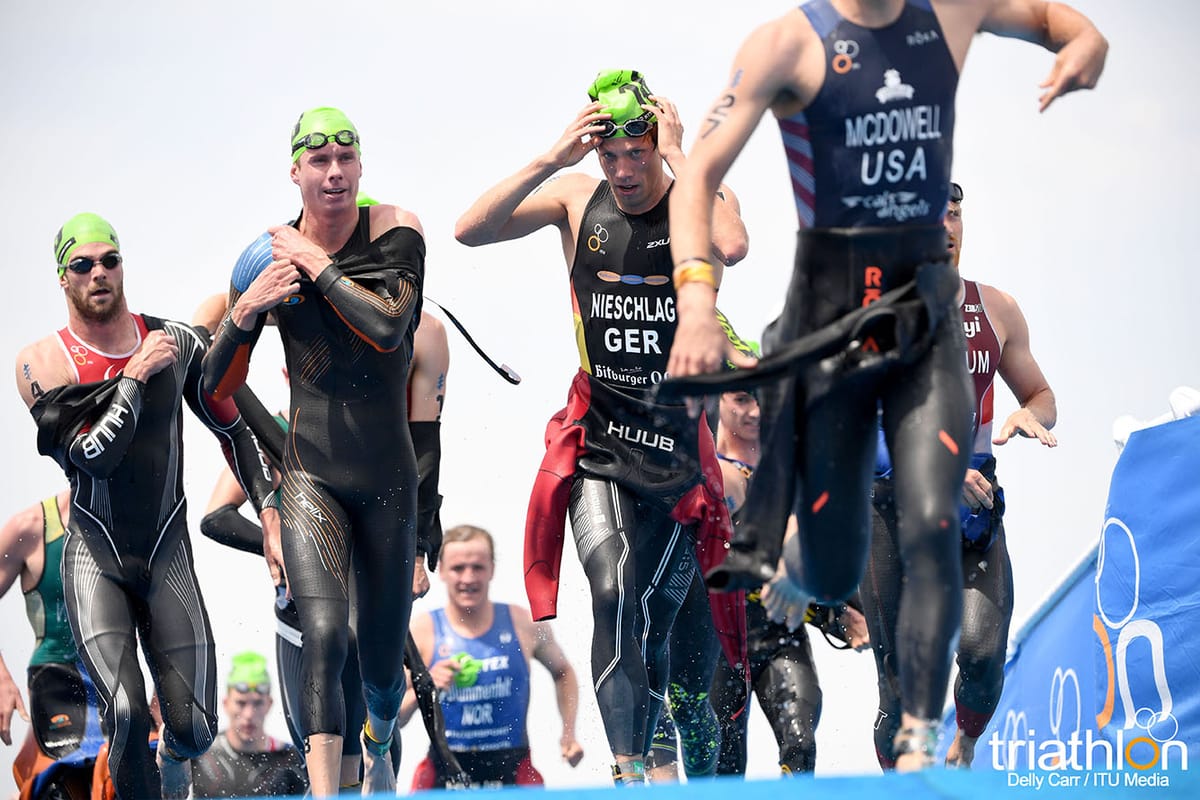Humans did not evolve in the aero position. As such, the long periods triathletes spend on their bikes can cause myriad of muscular problems. Here are some of the stretches that should be employed to stay supple and injury-free on the bike.
It comes as no surprise that as triathletes the majority of our training time is spent on the bike chewing up kilometre after kilometre. Sure, the impact of riding is less than that of running, but due to the sheer amount of time that triathletes spend on the bike, this is often the biggest cause of muscular tightness.
What makes the issue worse is the time spent trying to hold an aerodynamic position while riding. This immediately places huge stress on the lower back, ITBs and hamstrings, which are all areas that require attention in your pre- and post-ride stretching routine. Here are a few stretches I employ to alleviate tightness.
ITB foam roller trigger
Most athletes have a foam roller, however, a rolled up towel can also be used. ITB injuries are very common in triathletes and cyclists, so this simple trigger release can do wonders pre and post ride. Roll up and down along the side of each leg to help release tightness and be sure to spend some extra time with any particularly sore spots. Feel free to spend as much or as little time repeating on each side both pre and post ride.
Quad stretch
The quad stretch is another simple yet effective stretch that can be done post ride to release tension and muscular tightness. Place a towel under your knee and one foot out in front with the other foot behind you. Use two hands to bring your back foot to your bum and you should get a great quad stretch. For an even greater stretch, move your hips forward.
Foam roller back stretch and release
Just like with the ITB trigger, a tightly rolled-up towel can also be used instead of a foam roller. Place your arms across your chest and slowly roll back and forth along the roller. Once you feel comfortable, raise your arms behind you to increase the stretch. It is common to hear a few pops or cracking from your back as it releases under the pressure of the foam roller. This stretch is a must for those with a tight back from spending time in the aero position.
Glute stretch and release
The gluteus maximus is the largest muscle in your buttocks and becomes very tight under load when you are riding. The glutes, as they are otherwise known, are responsible for a lot of our stability and posture while riding and therefore become tight after hours spent in the saddle. Many people do this stretch lying on their backs; however, I find a seated version is more effective as it is easier to maintain your posture. While seated, lift one leg up and place your ankle on the opposite knee. Slowly push downwards on the knee and you should feel the glute muscle slowly release. Make sure to repeat on both legs.








